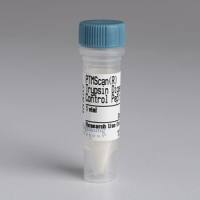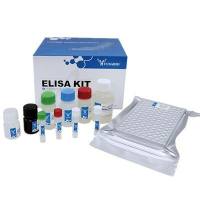Epidemiological Measures of Risk of Malaria
互联网
508
Estimates of the risk of infection by the parasites that cause malaria govern decisions regarding vector control, chemoprophylaxis, therapeutic management, and clinical classifications of immunological susceptibility to infection. Gauging the risk of malaria represents a critical step in its management and the investigation of its consequences. The term malariometry is applied to the numerical measure of risk of malaria in communities (9 ). Many approaches have been developed and applied to malariometry, but no single method stands out as universally applicable. Instead, individual measures of risk must be suitable for specific questions posed in the context of what may be practically measured. For example, passive surveillance provides a superior measure of risk where the infrastructure of diagnosis and reporting is well developed and the risk of infection relatively low, e.g., in the United States, where conducting active cross-sectional surveys would yield little useful information at great cost. Active surveillance for cases is suited to areas with relatively high risk, unreliable diagnostic capabilities and inadequate reporting infrastructure. This chapter strives to catalog measures of risk of malaria and define their utility in the context of local parameters of endemicity, infrastructure, and intent of inquiry.








